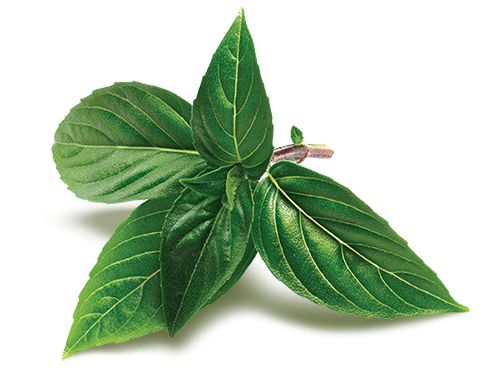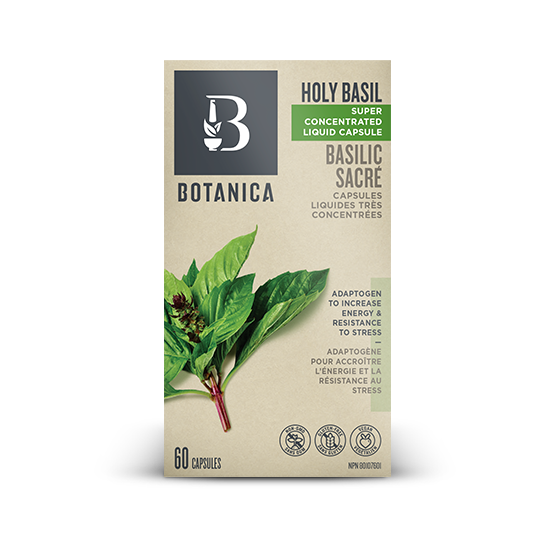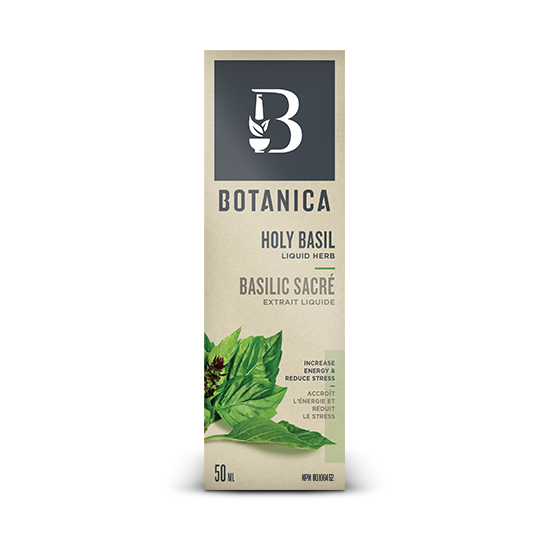Key Health Benefits
Modern research has confirmed many of the traditional uses of holy basil. Beyond its highly valued use as an adaptogenic herb to support one through stressful times, it has been demonstrated to be a wonderful support for the cardiovascular system – helping to normalize blood pressure2 and cholesterol, as well as having a profound capacity to reduce arterial plaque formation3. It is indicated to help balance blood sugar and insulin metabolism4, to protect the liver and has demonstrated antioxidant and anticancer properties.
Historic Use
Holy basil has an over 1000-year history in various civilizations around the world. In India, it is also known as tulsi which means ‘the incomparable one’, where it is revered as a sacred plant. It is classified as a rasayana, an herb that nourishes one towards perfect health, enlightenment and long life.
Our Process
Growing – The holy basil seed pods are harvested by hand and then dried, prior to transforming this adaptogenic herb into capsules.
Making – Our unique liquid capsules go through several delicate steps. The roots are first soaked in non-GMO alcohol and water. The resulting herbal extract is then gently concentrated further – without chemicals or high temperatures – while the alcohol is evaporated. There is an additional supercritical extraction step that uses carbon dioxide to concentrate the rich volatile oils (such as eugenol). Every step of the process is tested for both purity and potency from harvest to encapsulation.
Source Location
United States

References
Yance DR. Adaptogens in Medical Herbalism, 2013, Healing Arts Press, p480-1
Nyarko Asare-Anane, Ofosuhene et al. “Aqueous extract of Ocimum canum”
Singh S, Rehan HM, Majumdar DK. “Effect of Ocimum sanctum fixed oil on blood pressure, blood clotting time and pentobarbitone-induced sleeping time”, J of Ethnopharmacology, 78(2-3), 2001: 139-43
Nyarko AK, Asare-Anane H, Ofosuhene M et al. “Aqueous extract of Ocimum canum decreases levels of fasting blood glucose and free radicals and increases antiatherogenic lipid levels in mice”, Vascular Pharmacology, 39(6), 2001: 273-79









